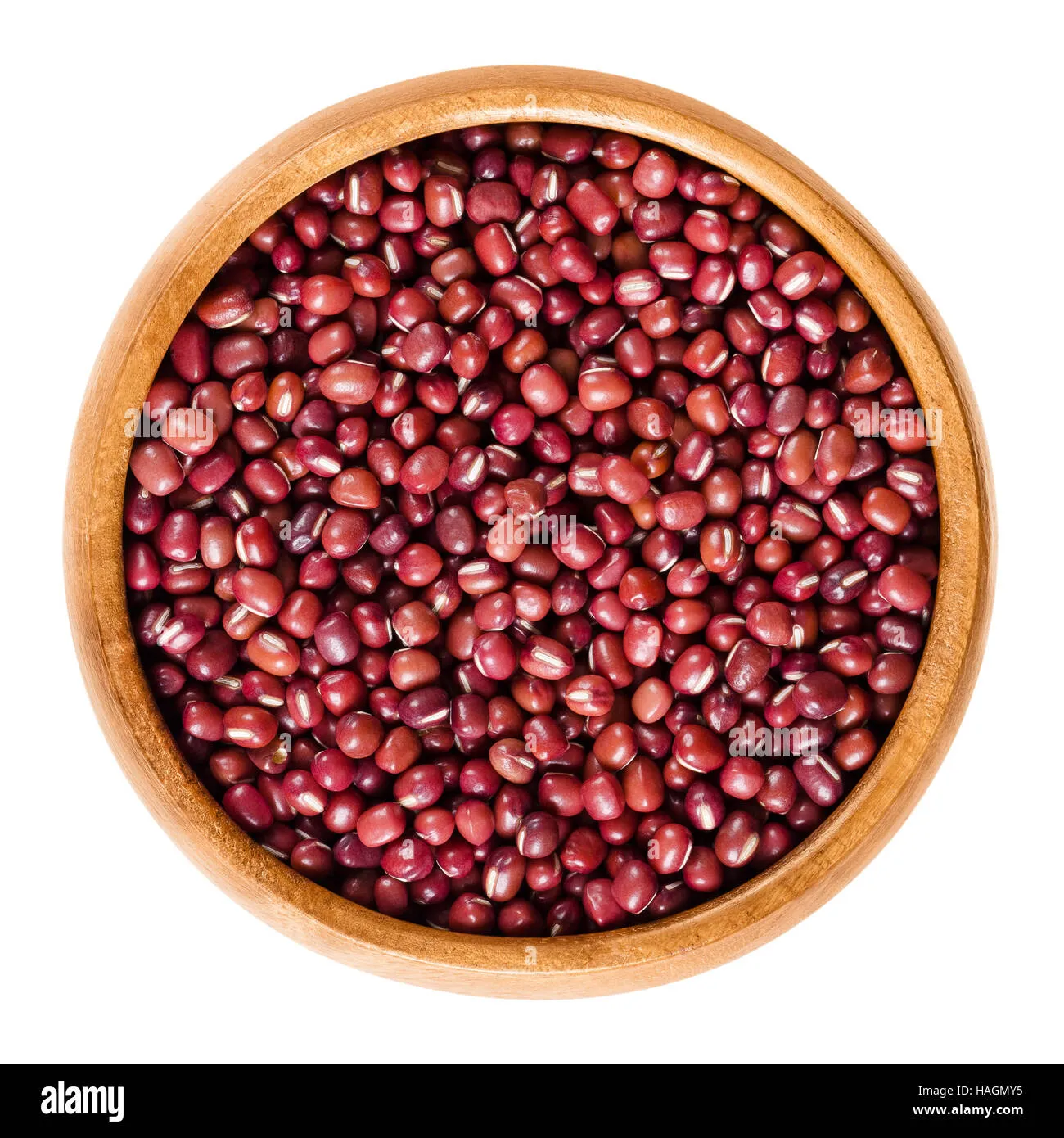From Edamame to Adzuki: A Guide to Japanese Bean Varieties
Beans are an essential part of Japanese cuisine, and they come in a wide variety of shapes, sizes, and flavors. From the popular edamame to the versatile adzuki bean, each bean has its unique characteristics and uses in Japanese cooking. In this guide, we will explore some of the most common Japanese bean varieties and how they are used in traditional dishes.
Edamame
Edamame are young soybeans that are harvested before they fully mature. They are typically boiled or steamed in their pods and served as a healthy and delicious snack. Edamame are high in protein and fiber, making them a popular choice for vegetarians and vegans. They are also rich in vitamins and minerals, including vitamin K, folate, and manganese.
In Japanese cuisine, edamame are often served as an appetizer or side dish. They can also be added to salads, stir-fries, and soups for added texture and flavor. Edamame are a versatile ingredient that can be used in both savory and sweet dishes.
Adzuki Beans
Adzuki beans are small red beans that are commonly used in Japanese sweets and desserts. They have a sweet and nutty flavor, making them a popular choice for making red bean paste, which is a common filling for mochi, dorayaki, and other traditional Japanese desserts. Adzuki beans are also used in savory dishes, such as soups, stews, and rice dishes.
Adzuki beans are a good source of protein, fiber, and antioxidants. They are also rich in iron, potassium, and magnesium, making them a nutritious addition to any diet. Adzuki beans are often soaked and cooked before being used in recipes, as this helps to soften them and enhance their flavor.
Soybeans
Soybeans are a staple in Japanese cuisine and are used in a variety of dishes, including tofu, soy sauce, and miso. Soybeans are high in protein and are a good source of essential amino acids, making them a popular choice for vegetarians and vegans. They are also rich in vitamins and minerals, including iron, calcium, and vitamin B6.
In Japanese cooking, soybeans are often used to make tofu, which is a versatile ingredient that can be used in both savory and sweet dishes. Soybeans are also used to make soy sauce, which is a common condiment in Japanese cuisine. Miso, a fermented soybean paste, is another popular ingredient in Japanese cooking.
Black Soybeans
Black soybeans are a type of soybean that has a dark black skin and a creamy white interior. They are often used in Japanese cooking to make natto, which is a fermented soybean dish that is known for its strong flavor and sticky texture. Natto is a popular breakfast food in Japan and is often served with rice, soy sauce, and mustard.
Black soybeans are high in protein, fiber, and antioxidants. They are also a good source of vitamins and minerals, including iron, magnesium, and zinc. Black soybeans are often cooked and seasoned before being served, as this helps to enhance their flavor and texture.
Mung Beans
Mung beans are small green beans that are commonly used in Japanese cooking to make sprouts. Mung bean sprouts are a popular ingredient in salads, stir-fries, and soups, as they add a crunchy texture and fresh flavor to dishes. Mung beans are also used to make mung bean paste, which is a common filling for sweets and desserts.
Mung beans are high in protein, fiber, and vitamins. They are also a good source of antioxidants and minerals, including potassium, magnesium, and folate. Mung beans are often soaked and sprouted before being used in recipes, as this helps to soften them and enhance their flavor.
HTML Headings for SEO Optimization
When creating content for the web, it’s important to use HTML headings to help search engines understand the structure and organization of your content. By using heading tags (such as and
Edamame
, we have created a well-structured and engaging article that is optimized for search engines.
Overall, using HTML headings is an essential part of creating SEO-optimized content that is both engaging and well-structured. By incorporating relevant keywords and following best practices for heading usage, you can improve your search engine rankings and attract more visitors to your website.
In conclusion, Japanese bean varieties are a diverse and nutritious addition to any diet. From edamame to adzuki beans, each bean has its unique flavor and uses in Japanese cuisine. By incorporating these beans into your cooking, you can enjoy a taste of Japan and reap the health benefits of these versatile ingredients.
#Edamame #Adzuki #Guide #Japanese #Bean #Varieties

